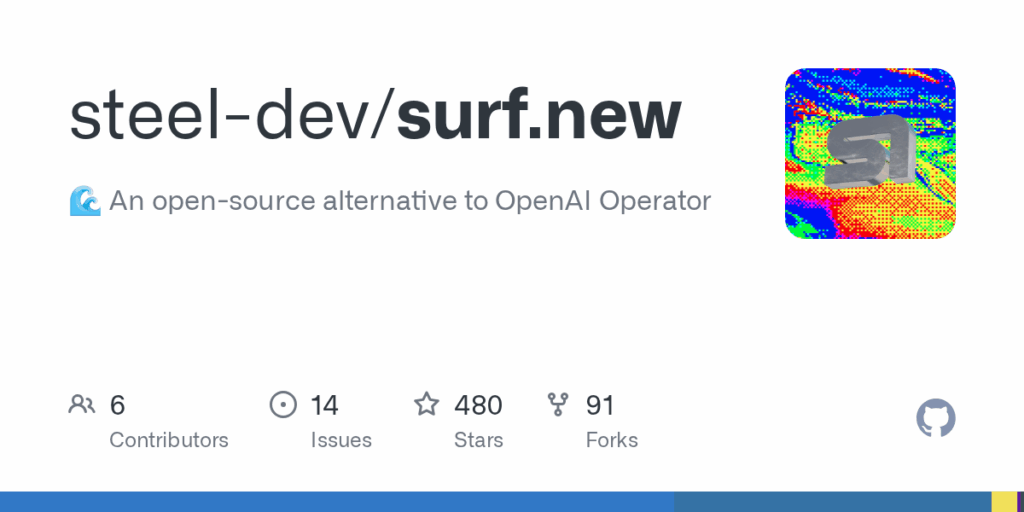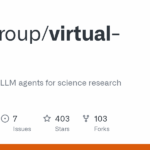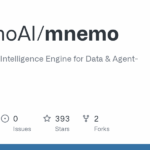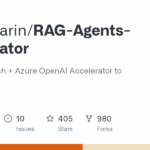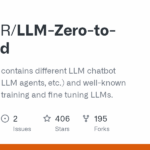surf.new
Basic Information
surf.new is a developer-focused playground for testing and visualizing web agents powered by the Steel.dev platform. It provides an integrated frontend and backend environment so that different AI-driven agents can surf and interact with web pages in a controlled setting, allowing developers to observe agent behavior, debug flows, and compare providers. The project bundles a Next.js frontend and a FastAPI backend and requires Node 18+ and Python 3.11+ plus a Steel API key or a local Steel instance. The repository is intended as a hands-on demo and testbed for building, running, and iterating on browser-automation agents and for exploring integrations with multiple AI providers and agent frameworks.
Links
Stars
480
Github Repository
App Details
Features
The project supports testing multiple web agents concurrently and includes real-time browser interaction visualization so users can watch agent actions. It is provider-agnostic and lists support for different AI backends such as Claude and GPT-4. The stack combines Next.js 15 frontend, FastAPI backend, and the Steel SDK for browser automation, with UI components from Shadcn UI and Tailwind CSS. It also integrates Vercel AI SDK for chat interfaces and LangChain for agent orchestration. The repository includes local development scripts, environment variable setup, and a Windows-specific dev command to handle async subprocess differences for Playwright.
Use Cases
This repository helps developers prototype, compare, and debug web-surfing agents by providing an immediately runnable environment with frontend visualization and backend automation. It lowers setup friction by including scripts, dependency lists, and an example .env configuration so teams can connect a Steel API key or run against a local instance. The multi-provider support enables empirical comparison between models and agent flows. The combination of FastAPI and Next.js makes it straightforward to extend the backend logic or customize the UI, and the project encourages contributions and experimentation with agent behaviors and integrations.

